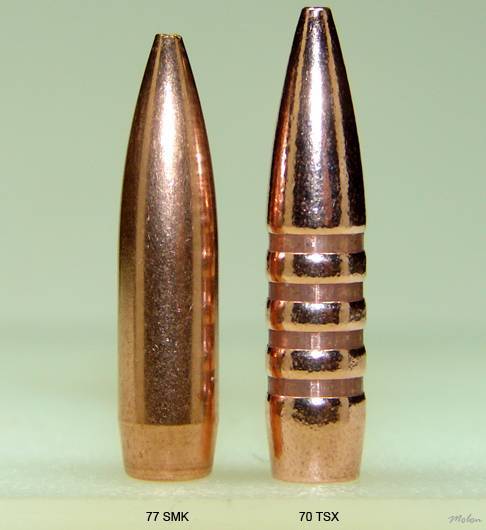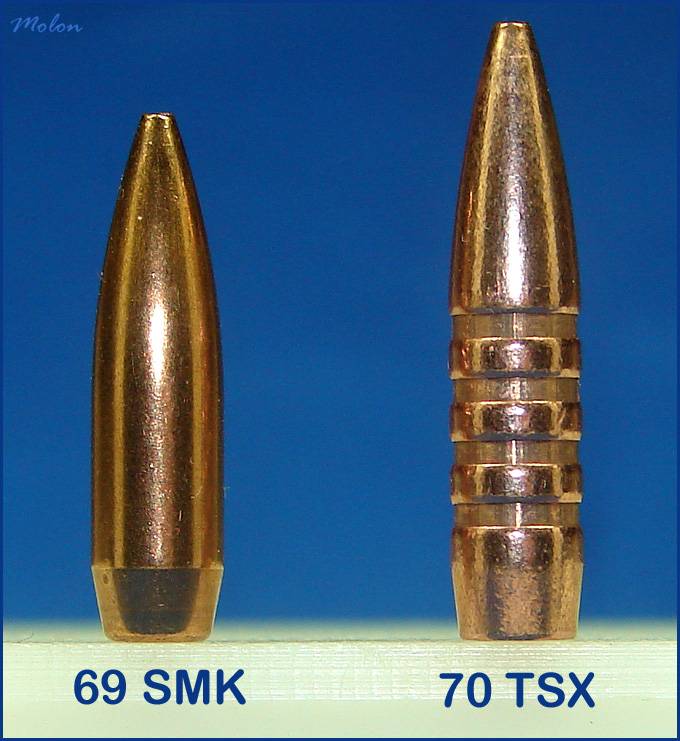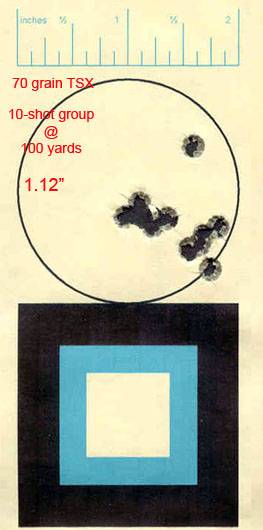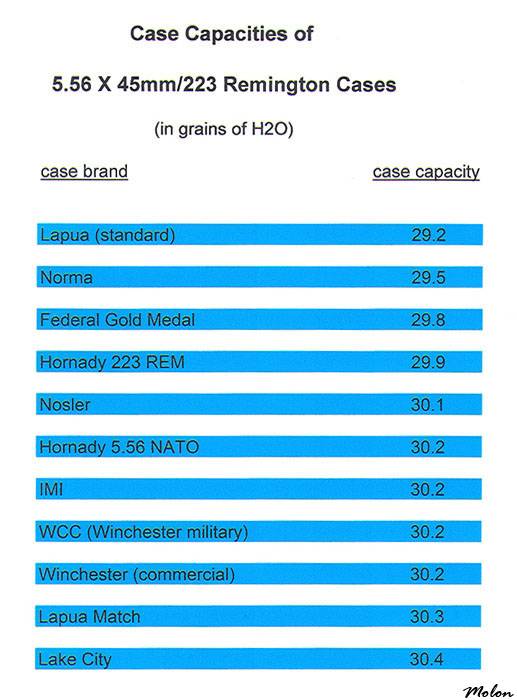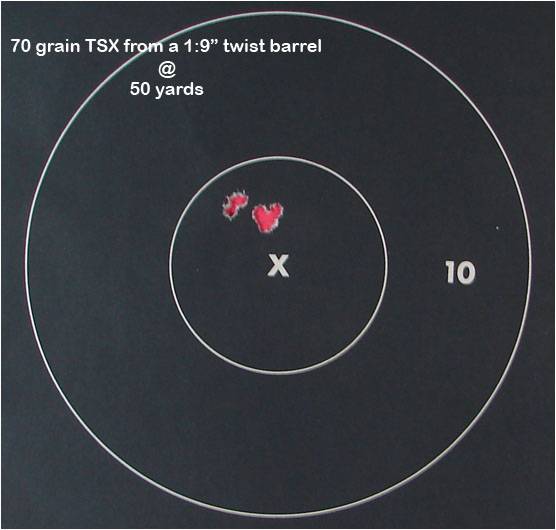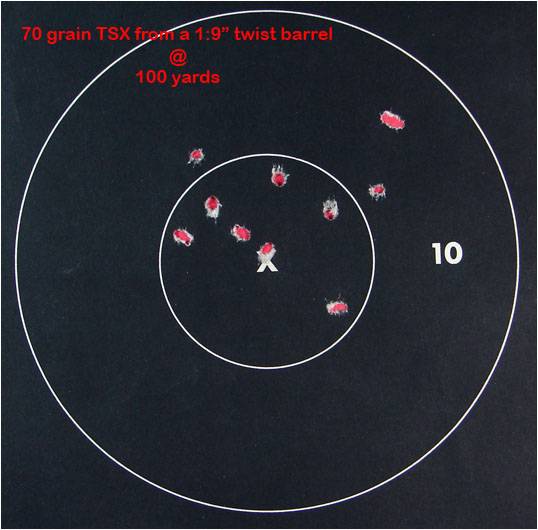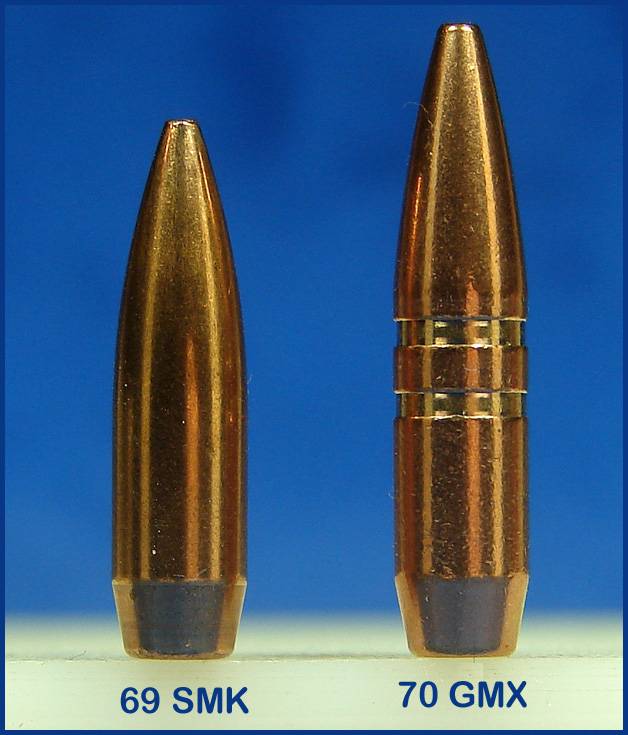I just loaded a few 70 grain TSX rounds to try, every round sounded like it was compressing the powder when seating the bullet.
The Barnes manual calls for the following:
COAL = 2.250
Varget = Min 22.5 Max 24.5c
I loaded three test rounds each at 23.0, 23.3, 23.5, and 23.7 and used LC brass trimmed to 1.750. The COAL gave me a CBTO of 1.844
Is this "crunch" sound normal even for non-compressed loads with this long bullet? Thanks for any help.
The Barnes manual calls for the following:
COAL = 2.250
Varget = Min 22.5 Max 24.5c
I loaded three test rounds each at 23.0, 23.3, 23.5, and 23.7 and used LC brass trimmed to 1.750. The COAL gave me a CBTO of 1.844
Is this "crunch" sound normal even for non-compressed loads with this long bullet? Thanks for any help.

